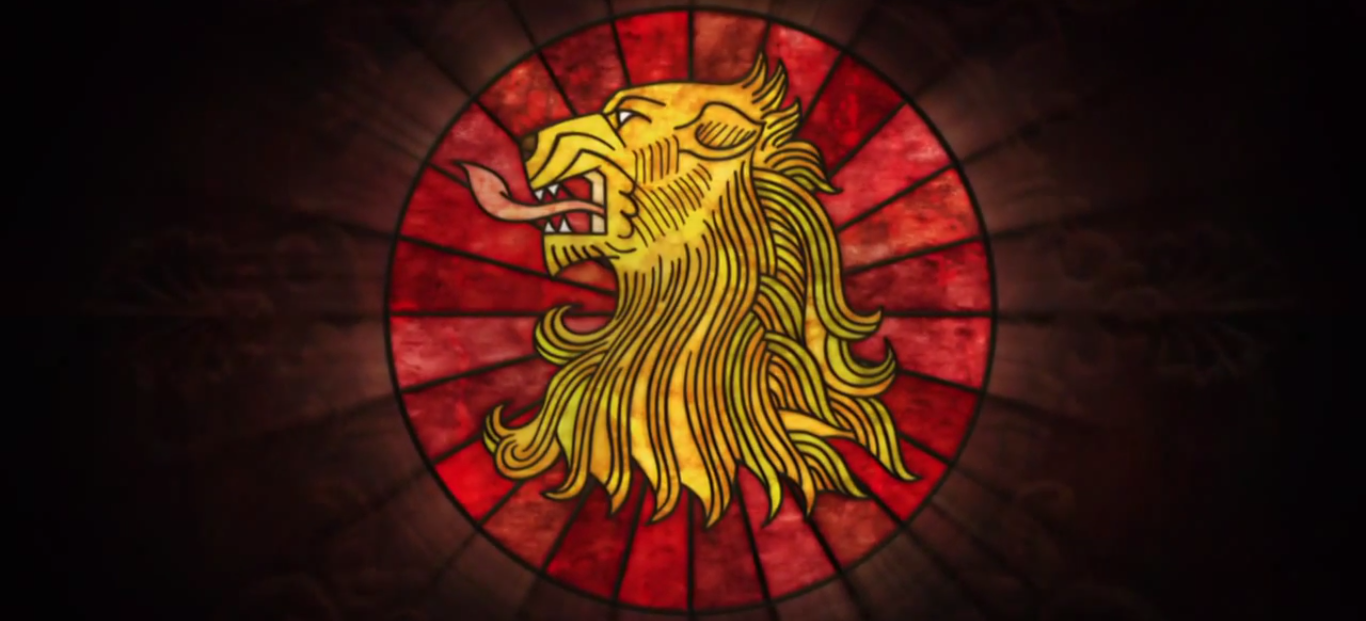The objective of this activity is to investigate aspects of physical, cognitive and psychosocial development in different cultures. The portfolio is based on the documentary “babies”.
In the documentary “Babies” shows the chronicles one year in the life of four babies from Mongolia, Namibia, San Francisco and Tokyo. Each baby comes from different culture which shows how different culture can impact on the child development.
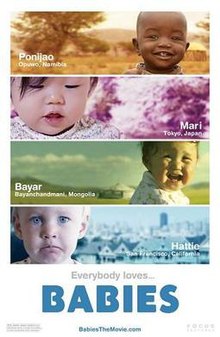
Motor development
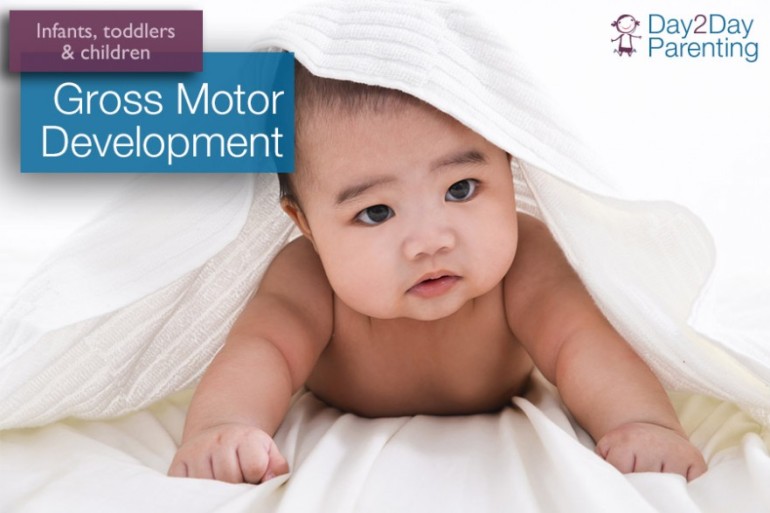
The movie shows the babies physical, cognitive and psychosocial development during their infancy and toddlerhood period. The babies’ physical development shows the ability to explore and interact with their environment. For instance, the baby would often crawl to other places to explore own their own or look around in their environment out of curiosity.
Motor development are basic motor skills such as grasping, crawling, and walking. They just need room to move and freedom to see what they can do. When the central nervous system, muscles, and bones are ready and the environment offers the right opportunities for the exploration and practice babies keep surprising the adults around them with new abilities. (Papalia & Feldman ,2012, p.127).
All four of the babies demonstrated gross motor skill such as rolling over and learning crawl. All four babies all demonstrate fine motor skill. Fine motor skill was demonstrated by when Hattie peeled the banana. Mari also demonstrated fine motor skill when she was trying to place the sticker on the piece of paper. Bayar demonstrated by trying to grab the cat while he was outside. Pannijao demonstrate this grabbing the mother as she was carrying the baby around.
Cognitive development
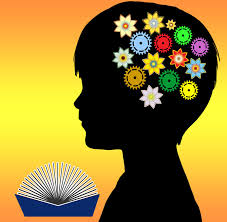
Next we look at the baby cognitive development thought out the movie. Cognitive involves the baby information processing, intelligence, creativity, language development, and memory.
All four babies demonstrate Piagetian approach. This approach looks at changes, or stages, in the quality of the cognitive functioning. It is concerned with how the mind structure its activates and adapts to the environment. (Papalia & Feldman 2012, p.144).
For instants, Pannijao demonstrated open his mouth when he sees his mother because he wants to be breast feed. Hattie would smile back to his parents because his parents would interact with him. Mari demonstrated this by interacting with toys such the ring toy and realise that all the rings go well together in a descending order. Bayar demonstrate this by interacting with mother nature interacting with things such as rocks, sticks and animals. The babies’ language interaction was often with their parents and the babies start babbling and the parent would either talk to them or sing to them.
Psychosocial Development
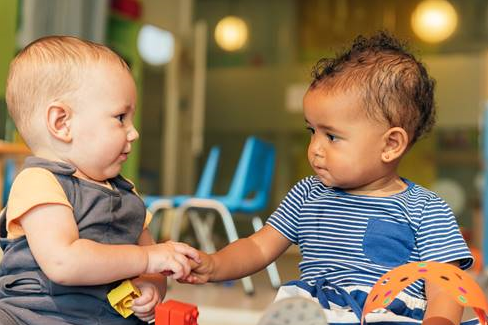
Psychosocial development consists of emotions, temperament, thought, and behaviour that makes a person unique. One baby may be cheerful and another easily upset. (Papalia & Feldman,2012, p.176)
The babies show emotions such as sadness, joy and fear. Pannijao, Mari and Hattie show to be joyful in their environment this is because the parents were always around to interact with them. Bayar has very little interaction with his parents; he is often left alone by himself while the mother attends daily house chores. This may be the cause of sadness when the mother was trying to feed him.
The parents parenting style and siblings can also influence the psychosocial of the baby as well. Pannijoa mother shows good parenting as she always carries her child with as well as interact with her. Mari parents were also busy working but manage to interact with Mari as they are working. In the documentary the father use toys to entertain Mari as he was doing something else. Hattie parents show more interaction as they always speak and sing to Hattie. Bayar mother always ignore him because she was too busy attending chores. The connection between the mother and child is not strong because they have not bounded together. He sometimes cried when he was by himself but the mother just ignores him. Ponijao is the most interactive in the group. She had a lot of interactions with people in her community There is one scene where the siblings were fighting over a bottle and starts to cry. Mari and Hattie were both in classes with other babies where they would sing and interact with one another. Neither of them seem to be interested in the classes. Mari and Hattie were both in classes with other babies where they would sing and interact with one another. Neither of them had siblings. Hattie never seemed to be too interested in classes because she walked away from the group. Bayar had the worst sibling interact they is one scene where Bayar brother would hit him until he cries.
Overall reaction
Among the four babies have different culture and environment can affect their three element such as physical, cognitive, and psychosocial development. At this stage the babies are willing to explore on their own.
Physical development
| Domains | Pannijao | Mari | Bayar | Hattie |
| Gross motor skill | Learn to crawl | Learn to crawl | Learn to crawl | Learn to crawl |
| Fine motor skill | Grabbing on to mother | Trying to place sticker | Trying to grab the cat | Pill banana |
Cognitive development
| Domains | Pannijao | Mari | Bayar | Hattie |
| Piagetian approach | Open month when sees mother | Interact with toys | Interact with nature | Would smile back to parents |
| Language development | start babbling when interacted | start babbling when interacted | start babbling when interacted | start babbling when interacted |
Psychosocial development
| Domains | Pannijao | Mari | Bayar | Hattie |
| Parenting style | Always with mother good bound | Always with mother good bound | Aggression and no bound with mother. | Always with mother good bound |
| Siblings | Enjoy his surrounding lots of interact with siblings | Shows no interest in group | Aggression toward brother | Shows no interest in group |
References
- Papalia., D.E & Feldman., R.D. (2012) Experience Human Development. New York, NY:10020

